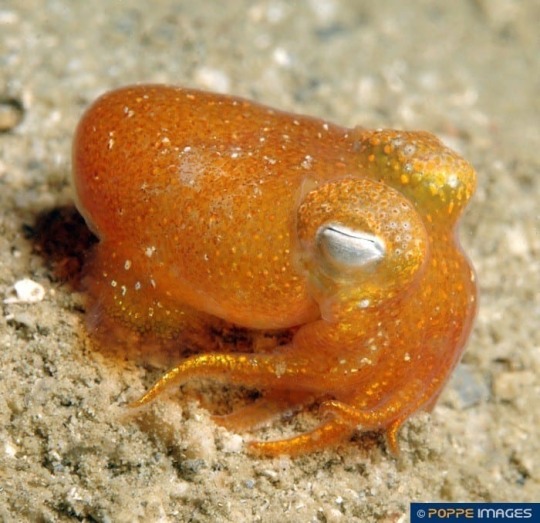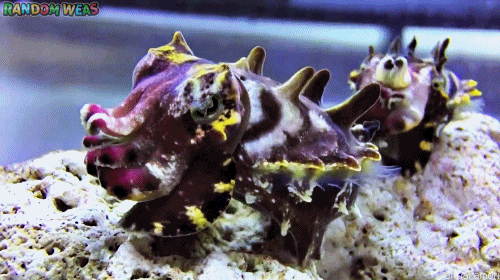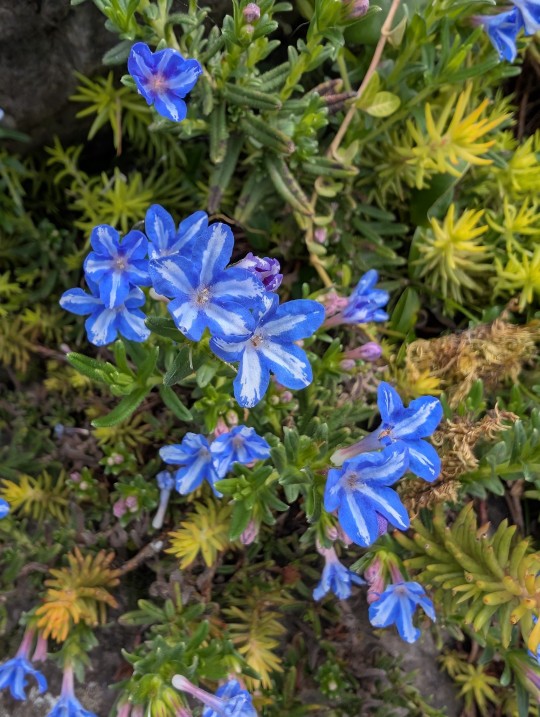Invertebrates make up 97% of animal species. All animals are worthy of love. More from me at excentricat1.tumblr.com
Don't wanna be here? Send us removal request.
Text




PLANET EARTH III 2023, Episode 02: Ocean - featuring the Pearl Octopus
5K notes
·
View notes
Text
We have both kinds around here, but I’ve been protecting the patch of Fragaria from the lawn mower so it is a decent size now.
Wishing you the best for your tomatoes.
I finally got time and decent weather to go pick my wild strawberries this year.
And they’re watery and bland compared to usual, probably because of how much rain we’ve gotten.
7 notes
·
View notes
Text
I finally got time and decent weather to go pick my wild strawberries this year.
And they’re watery and bland compared to usual, probably because of how much rain we’ve gotten.
7 notes
·
View notes
Photo



Jewel weevil, Pachyrhynchus davaoensis, Curculionidae
Found in the Philippines
Photo 1 by macrodipteryx, 2 by greenfant, and 3 by anncabras24
1K notes
·
View notes
Text



Miniature painting from Origins. Thanks to @animate-mush for telling me to be on the lookout for the snails
4 notes
·
View notes
Text

Did you know a chunk of an iceberg the size of Chicago broke off in Antarctica ? Theres a whole world under there but that right there is a new Isopod!!!
Artic Isopods in general very much resemble bugs here on land.

685 notes
·
View notes
Text
Today I've got flowers from:
*onions I planted
*spirea
*hardy sedum
*aeonium lilypad
49 notes
·
View notes
Text

Petrolisthes violaceus, a species of porcelain crab, in Los Molles, Chile
by Diego Gutierrez
9K notes
·
View notes
Text
Round 3 - Cephalopoda - Oegopsida




(Sources - 1, 2, 3, 4)
Order: Oegopsida
Common Name: “Oegopsid Squids”
Families: 25 - Architeuthidae (“Giant Squid”), Neoteuthidae (“neosquids”), Cranchiidae (“glass squids”), Ommastrephidae (“shortfin squids”, “flying squids”, and kin), Thysanoteuthidae (“diamond squids”), Batoteuthidae (“Bush-club Squid”), Chiroteuthidae (“whip-lash squids”), Joubiniteuthidae (“Joubin's Squid”), Magnapinnidae (“bigfin squids”), Mastigoteuthidae (also known as “whip-lash squids”), Promachoteuthidae, Brachioteuthidae, Cycloteuthidae, Ancistrocheiridae (“Sharpear Enope Squid”), Enoploteuthidae (“enope squids”), Lampadioteuthidae (“Wonderful Firefly Squid”), Lycoteuthidae, Pyroteuthidae (“fire squids”), Pholidoteuthidae (“coffeebean scaled squids”), Lepidoteuthidae (“Grimaldi Scaled Squid”), Octopoteuthidae (“octopus squids”), Gonatidae (“armhook squids”), Histioteuthidae, Onychoteuthidae (“hooked squids”), and Psychroteuthidae (“Glacial Squid”)
Anatomy: internal shell; eight short arms and two longer, clubbed tentacles that may have hooks; head lacks tentacle pockets; eyes lack a corneal covering; many are bioluminescent
Diet: fish, crustaceans, other mollusks, copepods
Habitat/Range: oceans worldwide, usually pelagic
Evolved in: Late Cretaceous

Propaganda under the cut:
The largest living cephalopod, and largest living invertebrate is the 700 kilogram (1,500 lb) Colossal Squid (Mesonychoteuthis hamiltoni).
The Firefly Squid (Watasenia scintillans) is one of the only cephalopods known to have color vision.
Some cephalopods are able to fly through the air for distances of up to 50 metres (160 ft)! They can achieve these ranges by jet-propulsion, squirting water from their funnel even while in the air. They then spread their fins and tentacles to form wings and actively control lift force with their body posture. The Japanese Flying Squid (Todarodes pacificus) has been observed spreading its tentacles in a flat fan shape and utilizing a mucus film between the individual tentacles.
Humboldt Squid (Dosidicus gigas) (image 4) are large, agile pack hunters, flashing red and white to communicate with each other and coordinate attacks on shoals of fish. They are particularly known for being aggressive towards humans, though this aggression may be well founded, as they are the most popular squids to be hunted for food, with around 10 million killed every year. In circumstances where these animals are not feeding or being hunted, they usually exhibit curious and intelligent behavior.
108 notes
·
View notes
Text
Round 3 - Cephalopoda - Sepiida




(Sources - 1, 2, 3, 4)
Order: Sepiida
Common Name: “cuttlefish”
Families: 2 - Sepiidae and Sepiadariidae (“bottletail squids”)
Anatomy: porous internal shell made of aragonite, used for buoyancy control; eight arms and two tentacles with denticulated suckers; W-shaped pupils; can rapidly alter their skin color, pattern, and texture within one second
Diet: other molluscs, crabs, shrimp, fish, worms
Habitat/Range: tropical and temperate ocean waters, mostly shallow water, although they are known to go to depths of about 600 m (2,000 ft)
Evolved in: Maastrichtian

Propaganda under the cut:
Studies indicate that cuttlefish are some of the most intelligent invertebrates. They also have one of the largest brain-to-body size ratios of all invertebrates, which is not necessarily a determiner of intelligence, but is impressive nonetheless.
Cuttlefish eyes are thought to be fully developed before birth, and they start observing their surroundings while still in the egg. This may cause them to prefer to hunt the prey they observed before hatching.
The muscles of the Flamboyant Cuttlefish (Metasepia pfefferi) (see gif above) contain a highly toxic, unidentified compound that is as lethal as the venom of Blue-ringed Octopuses (genus Hapalochlaena). This toxin is found only in the muscle and is not injected in any form, classifying the Flamboyant Cuttlefish as poisonous, not venomous.
The largest cuttlefish is the Giant Cuttlefish (Ascarosepion apama) (image 1) which can grow to 50 cm (1.6 ft) in mantle length and up to 100 cm (3.3 ft) in total length. Hundreds of thousands of Giant Cuttlefish in the upper Spencer Gulf in South Australia gather on subtidal reefs around Point Lowly between May and August. This is the world's only known mass cuttlefish-spawning aggregation, and is celebrated each year by Cuttlefest, an event hosted by the City of Whyalla.
105 notes
·
View notes






















